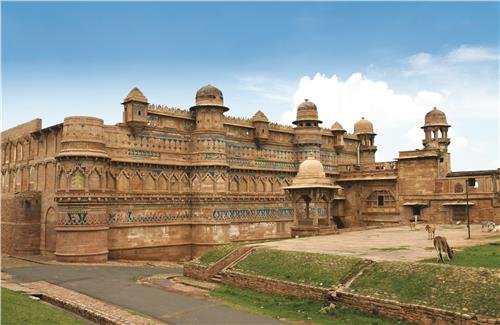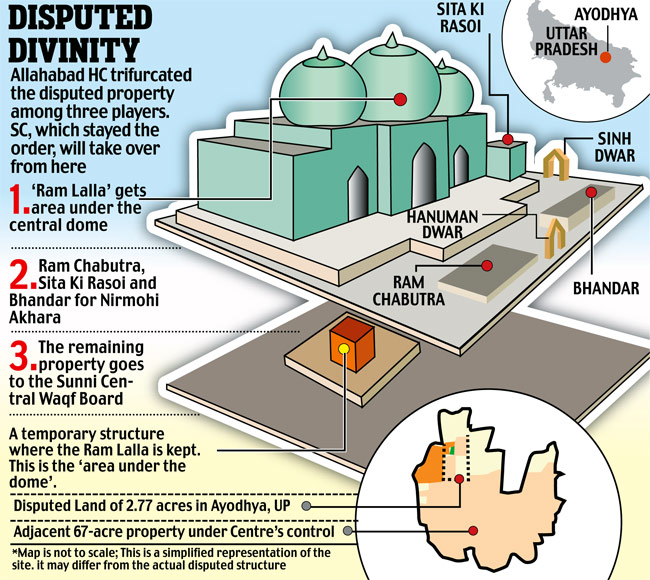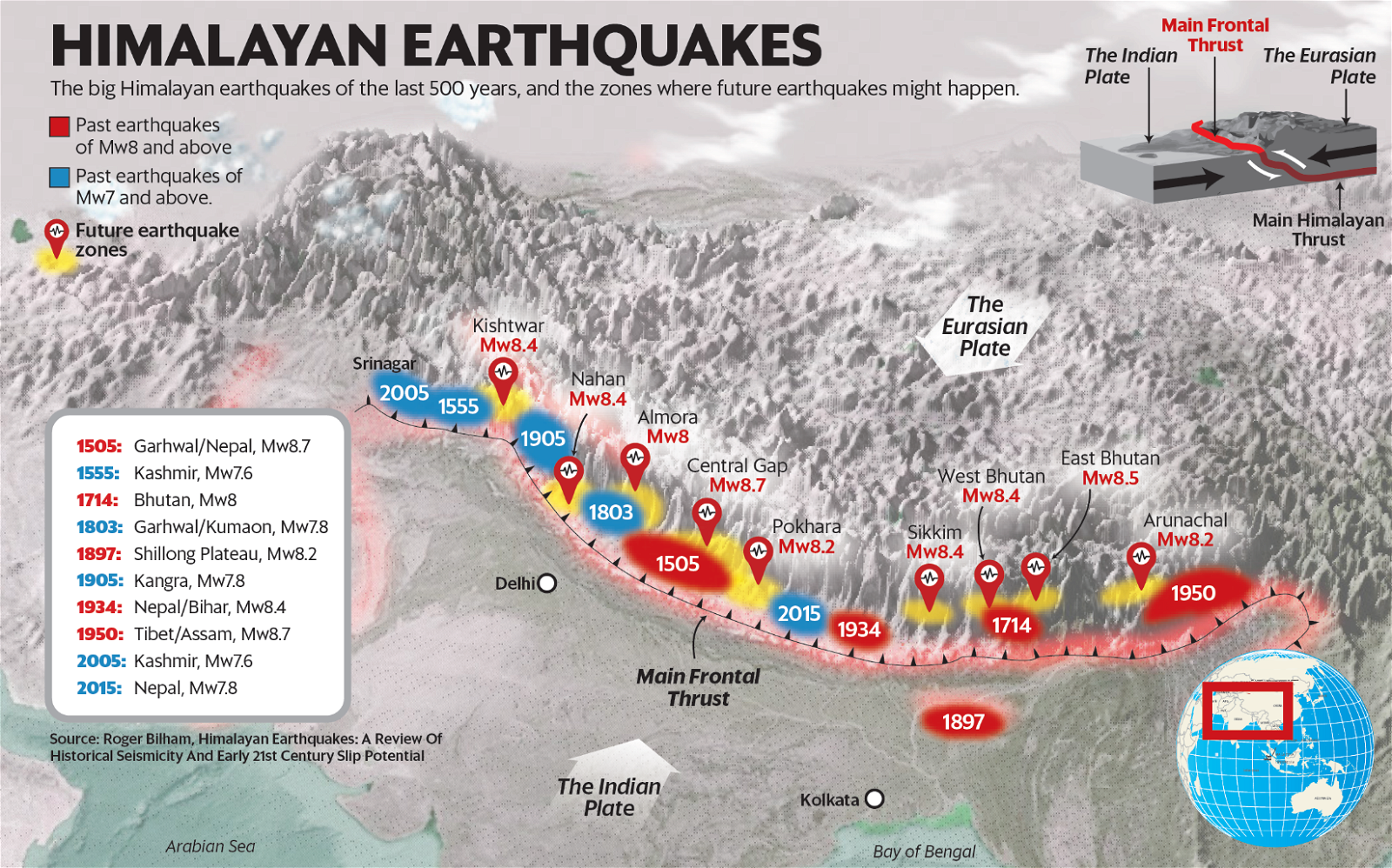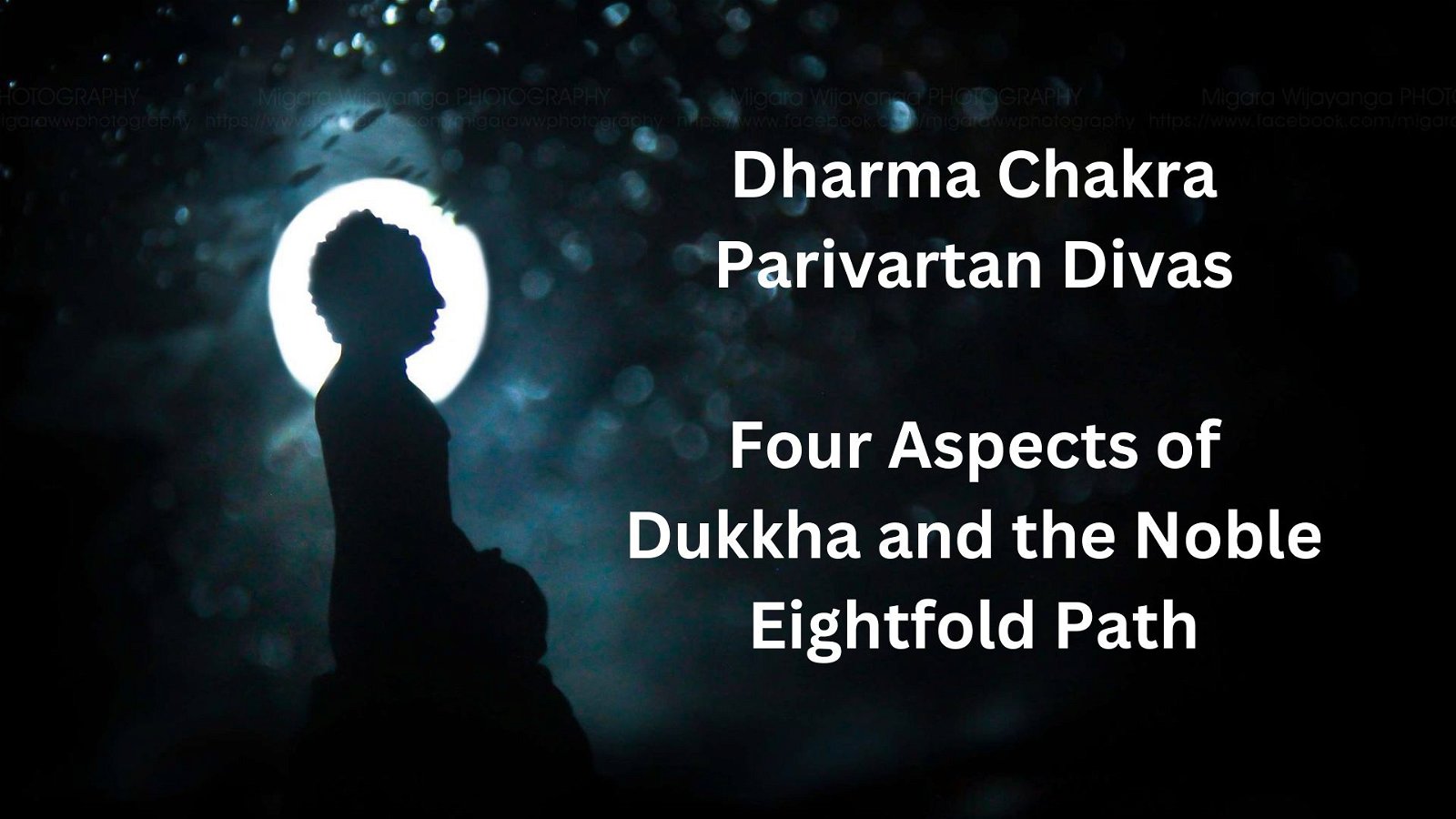
Six Sites from MP in UNESCO’s Tentative List
Subscribers of "Current Affairs" course can Download Daily Current Affairs in PDF/DOC
Subscribe to Never Miss an Important Update! Assured Discounts on New Products!
Must Join PMF IAS Telegram Channel & PMF IAS History Telegram Channel
- Context (HT | TOI): Six heritage sites in MP have been included in the tentative UNESCO list.
- Sites included:
Details about Sites
Gwalior Fort

- Gwalior Fort was built in the 8th century, and its origins can be traced back to the Tomar dynasty.
- It is strategically located on a steep sandstone hill, which provides a natural defense advantage.
- It is built on an outcrop of Vindhyan sandstone on a rocky, solitary, thin and long steep hill called Gopachal.
- The earliest record of the fort is mentioned in an inscription in the temple of the Hun Emperor, Mihirakula.
- Monuments inside the Fort: Man Mandir, Gajari Mahal, Jahangir Mahal, Teli ka Mandir, Saas Bahu Temple, etc.
Khooni Bhandara, Burhanpur

- Khooni Bhandara is an underground water management system comprising of eight waterworks built in the historical city of Burhanpur in MP.
- Built on similar Persian qanat approach, these water systems were constructed in 1615 CE during the governorship of Abdur Rahim khan- Khanan during Mughal Emperor Jahangir’s reign.
- The Khooni Bhandara Qanat system exhibits the intercultural exchange of Persian and Water Management Systems with local and regional adaptations in Central India by the Mughal rulers.
Qanat System
|
Rock Art in the Chambal Basin

- The Chambal Basin and Central India region contain the world’s largest known rock art sites.
- The Chambal Basin covers parts of MP, Rajasthan, and UP.
- Rock art in the Chambal Basin dates back to the Early Holocene and has been crafted by various civilizations over different historical periods.
- It bears an exceptional testimony to the civilization of Acheulian, Lower, Middle and Upper Palaeolithic, Mesolithic, Chalcolithic and Early Historical periods.
- It contains depictions which are related to a particular way of life of the people of that period.
- During the Mesolithic period the theme of the paintings is related to hunting, gathering, collecting and fishing.
- Chalcolithic period focuses on the cattle theme. During the Historical and Mediaeval periods, there was a shift, in which the theme becomes religion centric.
Bhojeshwar Mahadev Temple, Bhojpur

- Bhojpur temple and its Shivalinga were established by the famous Parmar king Bhoj of Dhar.
- Built on the banks of Betwa river, this example of high quality architecture was prepared with the cooperation of the chief architect of Raja Bhoj and other learned architects.
- The Shivalinga present in this temple is considered to be the largest Shivalinga in the world.
Gond monuments of Ramnagar, Mandla
- The monuments of Ramnagar represent the seat of power of the Garha-Mandla kingdom built by the King Hirde Shah in the late 17th century.
- The cluster of monuments include: Moti Mahal, Raibhagat ki Kothi, Vishnu Mandir, Begum Mahal, Dalbadal Mahal, Chaugan Ryotwari.
- The monuments are a manifestation of the unique amalgamation of the cultures of their adversaries – Rajputs and Mughals, achieved by the originally forest-dwelling Gond community.
|
Historic ensemble of Dhamnar

- This rock-cut site consists of a total of 51 caves of varying sizes carved into the laterite hill.
- The hill consists of two groups of structures, the series of Buddhist caves and the hindu temple complex known as the Dharmarajeshwara temple, also called Dharmanath temple.
- The caves consist of dwellings, halls of various sizes, stupas, statues of Buddha in rare postures and displays of craftsmanship in the works with the stone imitating the details of wooden elements and decorative designs.




![PMF IAS Environment for UPSC 2022-23 [paperback] PMF IAS [Nov 30, 2021]…](https://pmfias.b-cdn.net/wp-content/uploads/2024/04/pmfiasenvironmentforupsc2022-23paperbackpmfiasnov302021.jpg)











